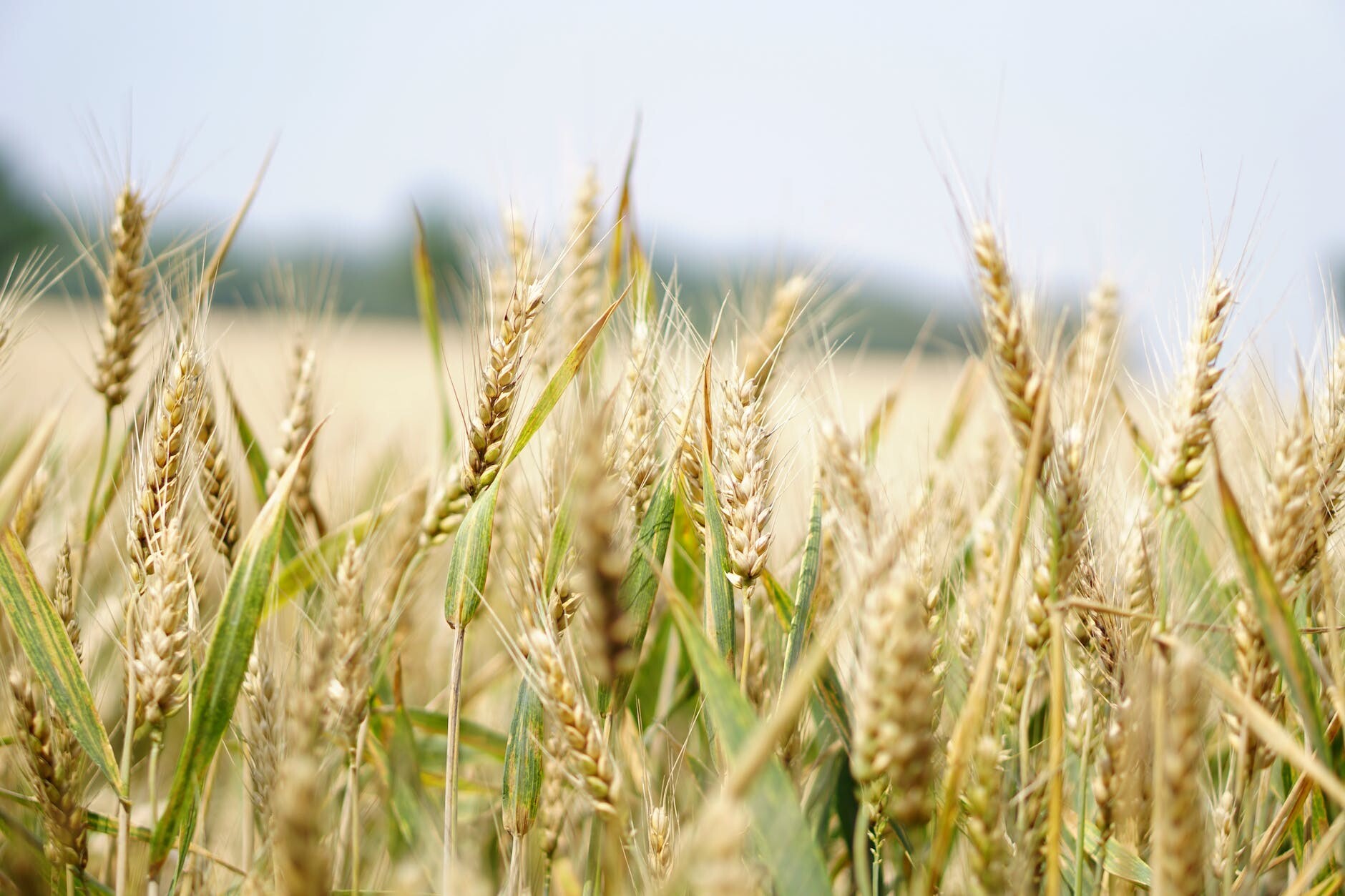Last updated on March 2nd, 2024 at 05:52 pm
Below is a list problems facing wheat farming in Kenya. Wheat farming is an essential part of Kenya’s agricultural sector, providing food and income for millions of people across the country.
However, like any agricultural venture, wheat farming faces numerous challenges that hinder its growth and profitability.
In this article, we will explore some of the most significant problems facing wheat farming in Kenya.
Without further ado here is a list of problems facing wheat farming in Kenya:
1. Poor soil quality
One of the most significant challenges facing wheat farming in Kenya is poor soil quality. Most farmers in Kenya lack access to modern farming practices and technologies that can improve soil fertility. As a result, the soil becomes depleted of essential nutrients, leading to poor crop yields and low profitability.
2. Climate change
Kenya has experienced erratic weather patterns in recent years, including prolonged droughts and extreme rainfall. These changes in climate have a direct impact on wheat farming, as they affect crop growth and productivity. Extreme weather events also lead to crop failure and reduced profitability for farmers.
3. Pest and disease infestation
Wheat farming in Kenya is often plagued by pest and disease infestations. Many farmers lack access to the necessary resources to control these infestations effectively. As a result, crop yields are reduced, leading to lower profitability and income for farmers.
Also Checkout: Challenges facing Coffee industry in Kenya
4. Lack of access to finance
Many small-scale wheat farmers in Kenya lack access to finance, making it difficult for them to invest in modern farming practices and technologies. This lack of investment leads to low crop yields and poor profitability, making it challenging for farmers to sustain their operations.
5. Poor infrastructure
Kenya’s infrastructure is often inadequate, making it difficult for farmers to transport their crops to market. This lack of infrastructure leads to high transportation costs, reducing the profitability of wheat farming.
6. Lack of access to markets
Many wheat farmers in Kenya lack access to markets, making it difficult for them to sell their crops at fair prices. This lack of access to markets reduces the profitability of wheat farming and makes it challenging for farmers to sustain their operations.
In conclusion, wheat farming in Kenya faces numerous challenges that hinder its growth and profitability. These challenges include poor soil quality, climate change, pest and disease infestations, lack of access to finance, poor infrastructure, and lack of access to markets. To overcome these challenges, wheat farmers in Kenya need access to modern farming practices, technologies, and resources. Additionally, the government and private sector need to invest in improving infrastructure and providing access to finance and markets for small-scale wheat farmers.
